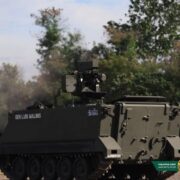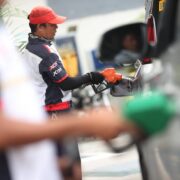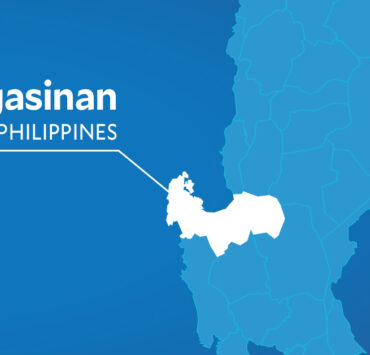Negros Occ eyes permanent site for Kanlaon evacuees
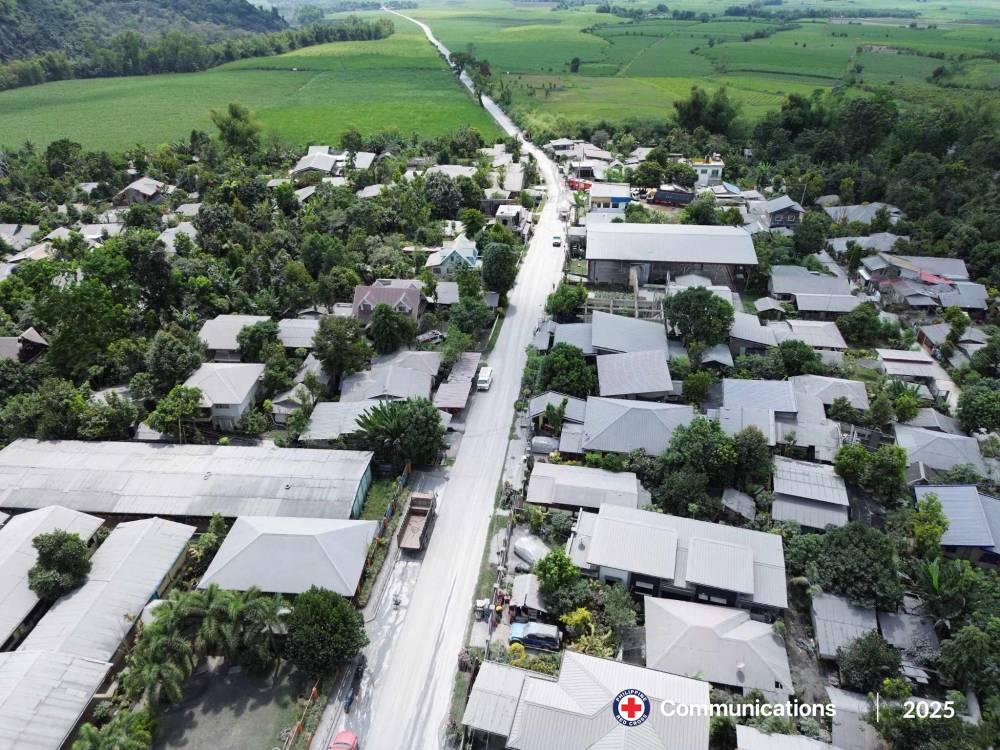
BACOLOD CITY—The Negros Occidental provincial government wants to relocate residents living within Mt. Kanlaon’s 6-kilometer danger zone into permanent and safer relocation sites to restore normalcy in their lives.
“For us to be disaster-resilient, we have to get away from danger. It’s about time to wake up. We need to act now,” said Provincial Administrator Rayfrando Diaz II on Friday.
There are currently 1,763 families with 5,678 members from La Castellana town and the cities of La Carlota and Bago who have been living in evacuation centers since the eruption of Mt. Kanlaon on Dec. 9 last year.
Authorities say they will have to live in evacuation centers until Mt. Kanlaon’s alert level is lowered from the present level 3 (high level of volcanic unrest).
The Philippine Institute of Volcanology and Seismology has recommended that communities within the 6-km radius of Mt. Kanlaon’s summit crater remain evacuated due to the danger of potential pyroclastic density currents or PDCs, ballistic projectiles, rockfalls, ashfall and other related hazards that could be posed by explosive eruptions.
Diaz said the Negros Occidental provincial government has been spending about P12 million a month to feed the evacuees.
The P50-million assistance from Malacañang, he said, has helped a lot, adding, “We are thankful the Office of the President gave us that amount.”
Once the P50 million is depleted, local funds will have to take over.
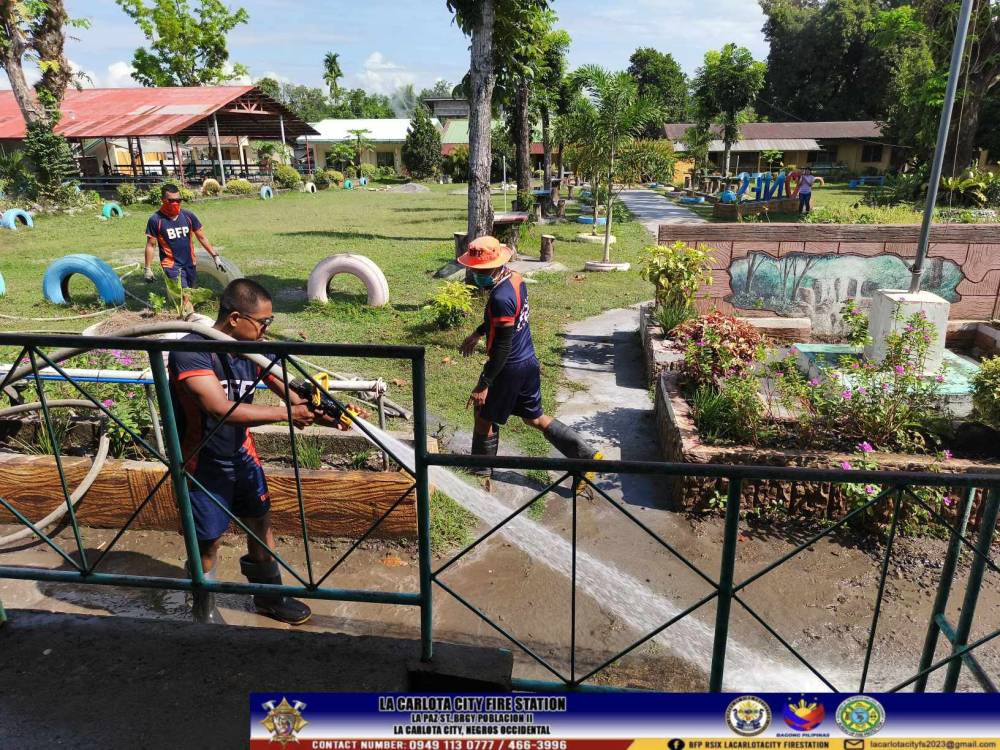
Model site
Diaz said a permanent solution is needed because the displaced residents who have been living in evacuation centers for four months need to get on with their lives and have normalcy.
He lauded Bago City for its Payag sang Kapag-on Village that has enabled evacuees to relocate from cramped evacuation centers to “bahay kubo” with spacious surroundings.
If La Carlota and La Castellana can set up similar relocation sites, it would be ideal because displaced residents will have the privacy of their own homes and can plant vegetables and raise livestock.
“The provincial government is willing to help if it is acceptable to all concerned,” Diaz said.
“We don’t know if Kanlaon will return to a dormant stage and how long it will last if that happens,” he added.
Diaz said their top priority following Mt. Kanlaon’s last eruption is to keep a close watch on the health conditions of residents that may be affected by water contamination caused by the ash and sulfur spewed by the volcano, and respiratory ailments from the dust.
So far, he said no surge in cases has been reported but the provincial government has taken proactive measures by sending medical teams to affected areas and distributing medicines and face masks.
The provincial government has also been providing gasoline to the Bureau of Fire Protection to flush out ash on roads to prevent dust that could create respiratory diseases.
“Other local governments and private volunteers are also helping. The “bayanihan” spirit is alive and we are proud of our community,” Diaz said.
On April 8, Mt. Kanlaon erupted for the third time in a span of 10 months, bringing massive ashfall in La Carlota City and nearby areas.
It, however, did not cause more evacuations since the volcano still remains under alert level 3.









